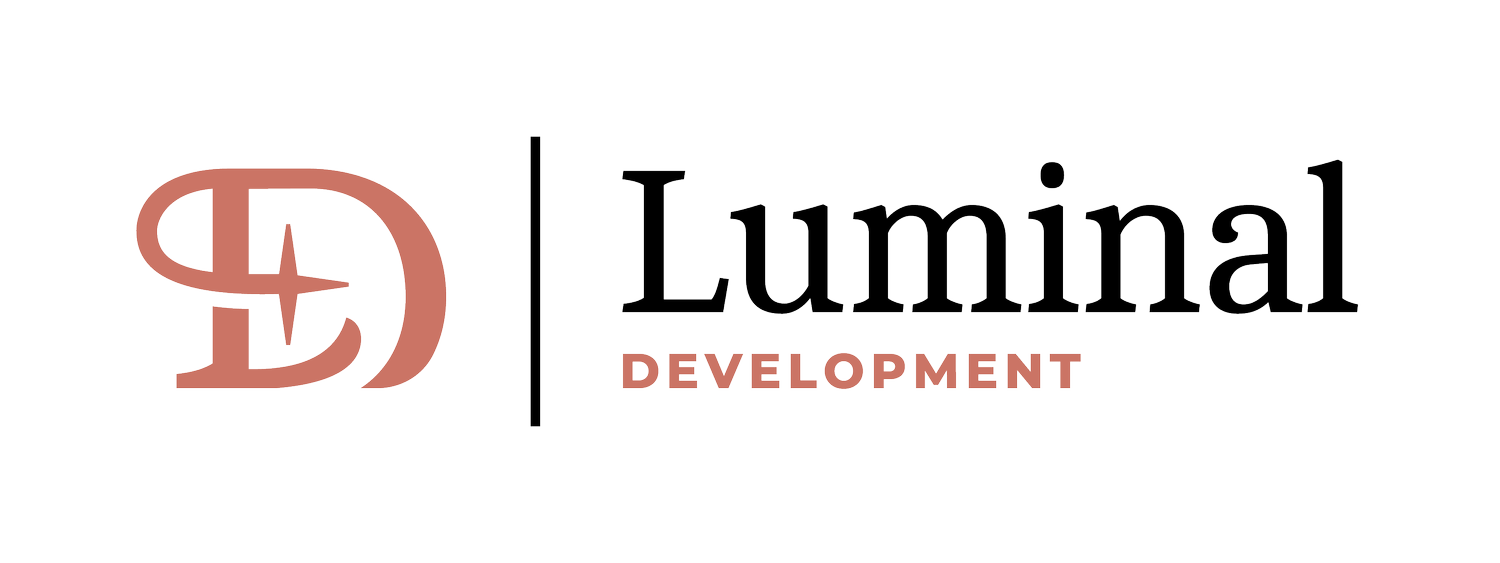The Key to Organizational Achievement in Increasingly Tumultuous Times
The cornerstone of effective leadership in 2025 will be transparent communication
In an increasingly complex and fast-paced work environment shaped by evolving employee expectations, an unsure and turbulent political future and significant, sometimes scary, technological advancements, employees are feeling unsettled and struggle to trust senior leadership. This isn’t surprising: recent research from LeadershipIQ suggested that only 15% of employees believe that their organization always openly shares the challenges facing it – a real mismatch when you consider that those who do believe in their company’s transparency are 10 times more likely to recommend the org as a great employer.
For HR leaders and senior executives, it’s pretty clear that leadership transparency will be a cornerstone of forward momentum in the year to come. Transparent leadership fosters trust, improves communication and drives engagement, all critical elements for retaining talent and achieving organizational goals. Without real transparency, organizations risk disengagement and reduced morale at best.
But! Being transparent is more than just sharing company wins or explaining your move to a new HRIS. Leaders are going to have to think differently about what real transparency looks and feels like in the months to come. Here’s how you can start.
Communicate frequently to increase psychological safety
Transparency thrives on consistent communication. Leaders should prioritize frequent updates, ensuring employees feel informed about company goals, progress, and – yes – challenges (more on that below). Avoid corporate jargon or overused platitudes and just talk to people like…people.
Action Step: Schedule regular (as in, folks should know when they are going to happen so they don’t take anyone by scary surprise) all-hands meetings or video updates to share company updates and answer questions directly.
Leverage technology for faster communication streams
Embrace digital tools to enhance transparency. Platforms like Slack, Microsoft Teams, or workplace intranets enable real-time communication, fostering open dialogue and problem-solving. Utilize dashboards to share metrics on performance, diversity initiatives, or sustainability efforts, giving employees a clear view of your organization's progress.
Action Step: Implement a "transparency dashboard" where employees can access updates on organizational goals and key performance indicators (KPIs).
Involve employees in decision-making that matters
Transparency isn’t just about sharing information; it’s also about collaboration. Involving employees in decisions that impact their work promotes a culture of ownership and mutual respect. This approach demonstrates that leadership values diverse perspectives and will make for better work (truly) as many heads are better than one.
Action Step: Introduce regular feedback loops through surveys or town hall discussions to gather input on decisions affecting the team or company. When doing this, be very clear about how much sway employees have in what happens next and who the ultimate decision-maker is.
Be clear about the tough stuff, too
Rather than shielding employees from difficulties, acknowledge company challenges openly. Discuss the steps being taken to address them and invite input where appropriate. Honest conversations about tough topics - such as budget constraints or restructuring - can strengthen trust and alignment.
Action Step: Train leaders to communicate challenging messages with empathy, ensuring the tone reflects a commitment to working together toward solutions. And if your company’s leaders are truly stuck? This is a great moment to hold town halls and open brainstorming sessions to problem-solve together.
Foster a feedback culture
Transparency is a two-way street. Encourage employees to share their ideas, concerns and feedback and ensure that there is no retaliation when they do so. Open feedback channels signal that leadership values employee input and is willing to adapt, while increasing feelings of psychological safety on the team.
Action Step: Create anonymous feedback mechanisms AND hold regular one-on-one check-ins to give employees a safe space to voice concerns.
The takeaway?
In the uncertain year ahead, leadership transparency will not just be a competitive advantage; it will be an expectation. HR leaders and senior executives have a unique opportunity to strengthen trust, improve employee engagement, and drive alignment by fostering a transparent culture. And you don’t have to do it alone! Reach out to learn how Luminal can support you in tackling transparency.

